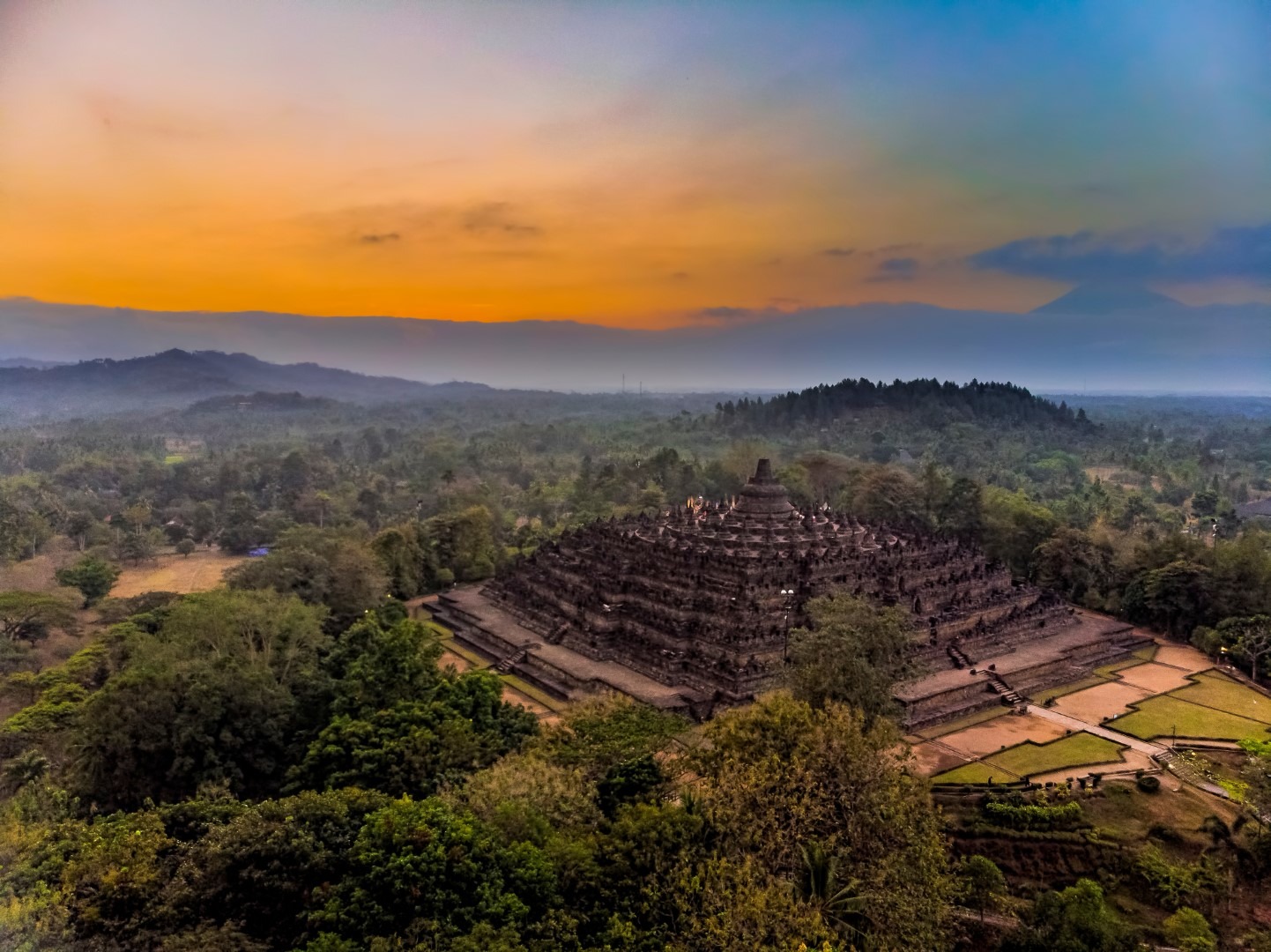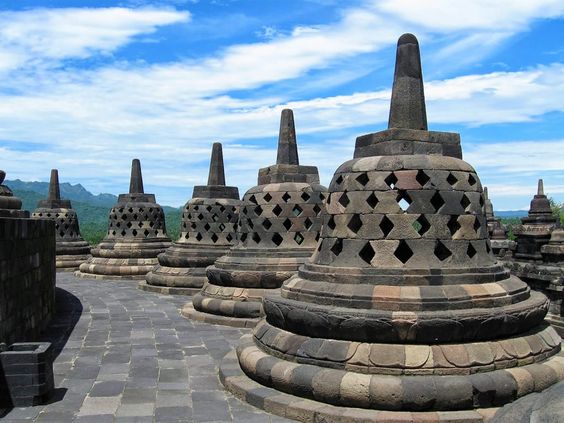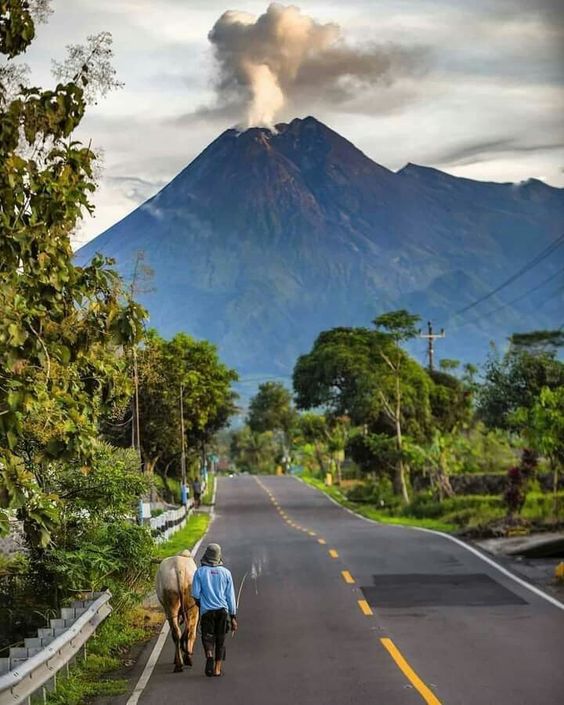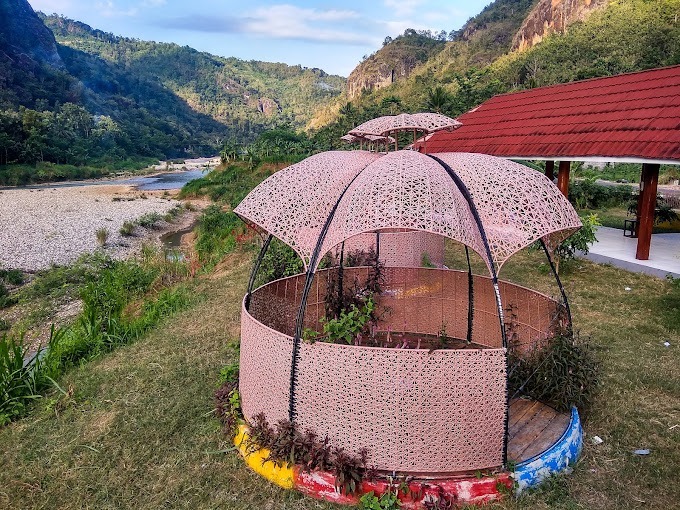Greetings everyone! In this article, I have some fantastic news to share with all the adventure-seekers out there who have been eagerly waiting to climb up to the top level of Borobudur Temple. Since the pandemic hit in March 2020, the rules for visiting the temple have been modified several times, especially regarding the climb to the top level.
Unfortunately, since March 2020, visitors were not permitted to climb up to the top level, and were only allowed to explore up to the park or ground level of the temple. This meant that they could only admire the temple’s beauty from afar, missing out on the exhilarating experience of climbing to the top and exploring the intricate relief details. This restriction left many visitors feeling disappointed, unable to fully immerse themselves in the Borobudur Temple experience.
However, here’s the great news: the government has conducted a trial run for visitors to climb up the Borobudur temple from March 1st to March 14th, 2023, and if everything goes smoothly, the government will officially allow visitors to climb up legally from March 1st, 2023. However, there is a limitation of only 1200 visitors per day who will be allowed to climb up the temple, while the rest will only be able to visit the ground level as usual. So, mark your calendars and be one of the lucky ones to experience the thrill of climbing up Borobudur Temple!
History of Borobudur Temple
Let’s take a step back before delving into the reasons behind climbing Borobudur Temple, and understand the immense significance of this ancient temple. According to UNESCO’s article on https://whc.unesco.org/en/list/592/, Borobudur Temple Compounds is one of the world’s most remarkable Buddhist monuments. The temple was constructed during the 8th and 9th centuries AD, in the reign of the Syailendra Dynasty, in the Kedu Valley of southern Central Java, at the heart of the Indonesian island of Java.
The central temple is built in the shape of a stupa, with three tiers surrounding a hill which served as a natural focal point. The base of the structure has a pyramidal shape, with five square terraces. Above this, there are three circular platforms, culminating in a monumental stupa at the top. The walls and balustrades of the temple are adorned with exquisite low reliefs, covering a total surface area of 2,520 m2. Additionally, there are 72 openwork stupas encircling the circular platforms, each one containing a statue of Buddha.
The vertical division of Borobudur Temple into three parts – base, body, and superstructure – reflects the Buddhist cosmology of the Universe. According to this belief, the universe is divided into three spheres: Kamadhatu, Rupadhatu, and Arupadhatu. The base of the temple represents Kamadhatu, which is the sphere of desires, where we are bound to our desires. The five square terraces represent Rupadhatu, which is the sphere of forms, where we abandon our desires, but are still bound to name and form. Finally, the three circular platforms and the large stupa at the top represent Arupadhatu, the sphere of formlessness, where there is no longer either name or form. The entire structure represents a unique blend of the central ideas of ancestor worship, associated with the concept of a terraced mountain, and the Buddhist concept of achieving Nirvana.
The Structure of Borobudur Temple
Each level of Borobudur Temple has a unique story and philosophy embedded within it. The temple’s intricate wall reliefs offer a glimpse into the civilization and culture of the 8th-9th century people. For those fascinated with the history and culture of Java, climbing to the top of Borobudur Temple to examine its relief details is a must-do activity.
While comprehending the meaning of the sculptures on your own may prove difficult, purchasing a climb-up ticket includes a local guide who will provide explanations on the history and story behind the reliefs. However, it’s worth noting that even the local guide may not be able to explain every relief in great detail. They will, however, give a general explanation of the story that is as close to the real story as possible.
Borobudur Temple is composed of ten levels, which are categorized into three distinct zones. According to the Borobudur Official website, the following are the explanations of these three levels:
Zone 1, Kamadhatu, is the realm of the mortal world, inhabited by ordinary people. Borobudur Temple’s hidden Kamadhatu level comprises of 160 reliefs that portray the Karmawibhangga Sutra, the law of cause and effect. Depicting human civilization’s desires, the reliefs depict acts of robbery, murder, rape, torture, and defamation. A section of the covering base has been permanently removed to enable visitors to view the hidden foot and some of the reliefs. The Borobudur Museum, located within the Borobudur Archaeological Park, displays photography of the entire collection of 160 reliefs.
Zone 2, Rapudhatu, is the transitional sphere where humans are liberated from worldly matters. The four square levels of Rapadhatu consist of galleries of carved stone reliefs, along with a chain of niches containing Buddha statues. There are 328 Buddha statues on these balustrade levels, which also have a significant number of purely ornate reliefs. The Sanskrit manuscripts depicted on this level over 1,300 reliefs include Gandhawyuha, Lalitawistara, Jataka, and Awadana, which stretch for 2.5km. Additionally, there are 1,212 decorative panels.
Zone 3, Arupadhatu, is the highest sphere and the abode of the gods. The three circular terraces leading to a central dome or stupa represent ascending above the world, and these terraces are significantly less ornate, with the purity of form being paramount. The terraces contain circles of perforated stupas, an inverted bell shape, containing Buddha sculptures, who face outward from the temple. There are 72 of these stupas in total. The remarkable central stupa is currently not as tall as the original version, which rose 42m above ground level, with the base measuring 9.9m in diameter. Unlike the surrounding stupas, the central stupa is empty, and conflicting reports suggest that the central void contained relics, while others suggest it has always been empty.
Now that you understand the temple’s immense significance and rich history, climbing up Borobudur Temple to the highest level must be on your bucket list when visiting Yogyakarta City.
Opening Time and Ticket Price of Borobudur Temple ( Regular Ticket )
After the trial opening in March 2023, the regular opening hours for Borobudur Temple are from 6.30 AM to 4.30 PM for the ticket counter. However, visitors can only enter the temple between 7.00 AM to 5.00 PM. If you purchase your ticket at 6.30 AM, you’ll have to wait until 7.00 AM to enter, and the latest you can buy a ticket is at 4.30 PM. But you can still be inside the temple until 5.00 PM.
Please note that the above explanation is for regular entrance only, without access to climb up to the temple. You can still visit the ground level and capture breathtaking pictures of Borobudur Temple, but you won’t be able to climb up to the top level.
Here are the ticket prices for regular access:
- Domestic Visitor: IDR 50,000
- Domestic Visitor (Student/Children): IDR 25,000
- Foreigner Visitor: IDR 375,000
- Foreigner Visitor (Student/Children): IDR 325,000
Plan your visit to Borobudur Temple ahead of time and experience its magnificent beauty!
Opening Time and Ticket Price of Borobudur Temple ( Climb Up Ticket )
If you wish to climb up Borobudur Temple, you must purchase a separate ticket from the regular one, as it is a combination ticket for entrance and climbing the monument. This ticket also includes a local guide to explain the temple’s history and special sandals made by local people. You are not allowed to wear your own shoes and must wear the provided Upanat sandals.
The climb up ticket has limited opening times:
- 9:00 AM to 12:00 PM: 400 people
- 12:00 PM to 2:00 PM: 400 people
- 2:00 PM to 5:00 PM: 400 people
The maximum number of people allowed per day for climbing is only 1200, divided into three different time slots.
Here are the ticket prices for climbing up Borobudur Temple:
- Domestic Visitor: IDR 150,000
- Domestic Visitor (Student/Children): IDR 30,000
- Foreigner Visitor: IDR 500,000
- Foreigner Visitor (Student/Children): IDR 350,000
Climbing Borobudur Temple is an unforgettable experience, so make sure to plan your visit and purchase the climb up ticket in advance to avoid missing out on this extraordinary adventure!
Facilities you get by purchasing Climb Up Ticket in Borobudur
- Special sandals (Upanat)
- Local Guide
- Visitor could enter and Climb Up to the top Level of Borobudur Temple
Process or Procedure to Climb Up Borobudur Temple
You have two options for purchasing tickets to climb up Borobudur Temple – you can buy them directly at the ticket counter or purchase them online through this link. However, you can only purchase tickets on the day of your visit and cannot book in advance. Both online and counter ticket sales open at 8:30 AM, but visitors can only enter after 9:00 AM, so be prepared to wait until then.
Once you have purchased your ticket, you must wait until there are at least five people in your group. If you are visiting alone, you will be combined with other visitors to form a group. When there are at least five people in your group, a local guide will assist you in getting the appropriate size of sandals for the climb. The guide will also lead your group around the temple area until you reach the top level.
The tour typically takes about two hours, from entering the temple area to exiting through the gate. The tour itself lasts around 1.5 hours, but it takes about 30 minutes to walk from the temple to the exit gate, as the path is long and winding. Along the way, you will also pass through a souvenir market where local sellers will offer souvenirs for purchase.
Make sure to follow the procedure and enjoy the amazing experience of climbing up Borobudur Temple!
Experience the Magic of Borobudur Temple at Sunrise
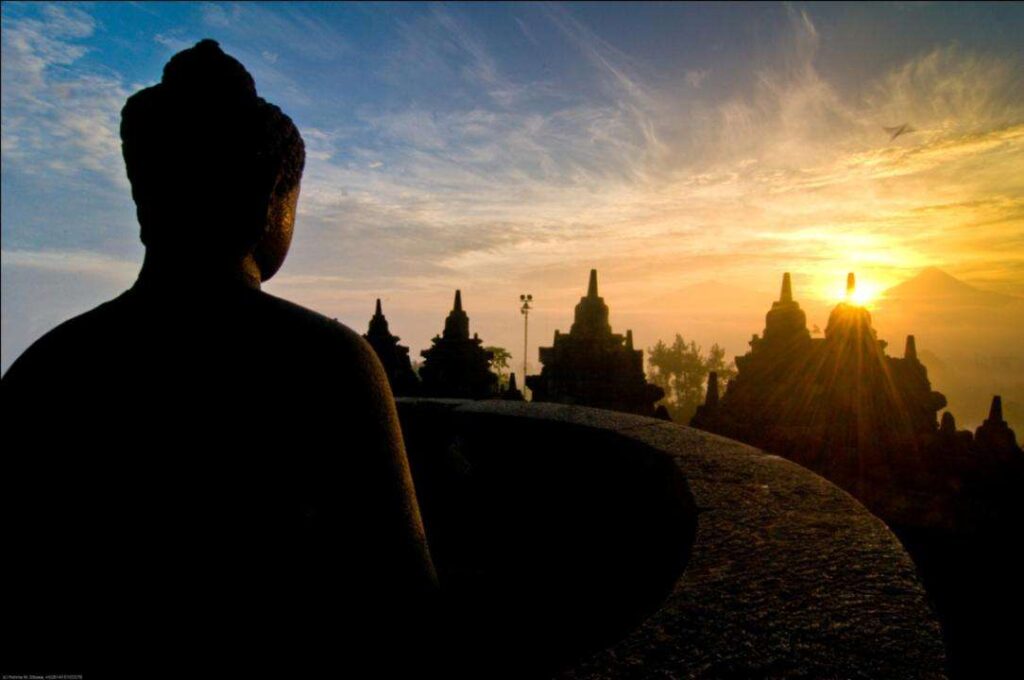
If you’re looking for an unforgettable experience at Borobudur Temple, visiting at sunrise is a must. The serene atmosphere, fresh air, and breathtaking views will rejuvenate your mind and soul like nothing else.
To witness the sunrise at Borobudur Temple, you’ll need to enter through the Manohara Resort entrance. The gate opens at 4:30 AM, and tickets can be purchased at the Manohara Restaurant. If you’re staying in Yogyakarta City, plan to start your journey at 3:30 AM as the trip to the temple takes about an hour.
Once you arrive, enjoy the tranquility of the temple and watch the stunning sunrise without the afternoon crowd. Afterward, you’ll be treated to a complimentary breakfast at the Manohara Restaurant, the only restaurant inside the temple.
Here are the prices for Borobudur Sunrise via Manohara Resort:
- Domestic Visitor: IDR 500,000
- Domestic Visitor (Student/Children): IDR 300,000
- Foreigner Visitor: IDR 750,000
- Foreigner Visitor (Student/Children): IDR 400,000
With your ticket, you’ll also receive special sandals (Upanat), a local guide, and the ability to climb up to the top level of Borobudur Temple.
For tour or transportation services in Yogyakarta City, feel free to contact Tinton Arya at +62 811 278 1115 or check out tour packages on borobudursunrise.com or goajomblang.com. Our excellent reviews on Trip Advisor and Viator speak for themselves. See you soon!

